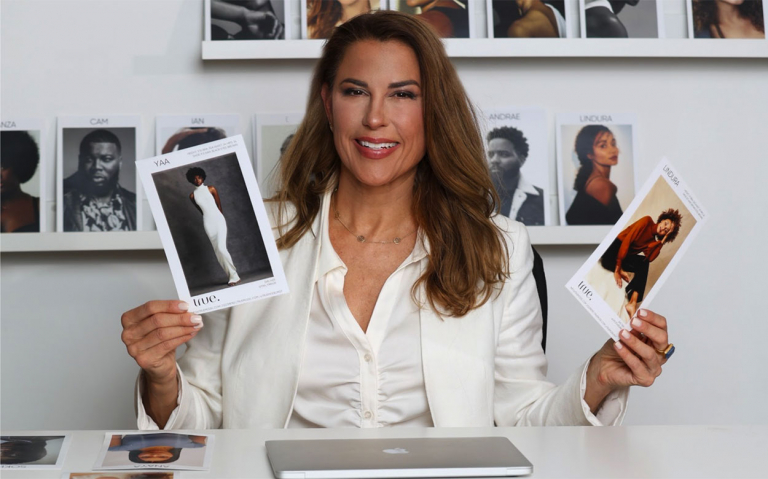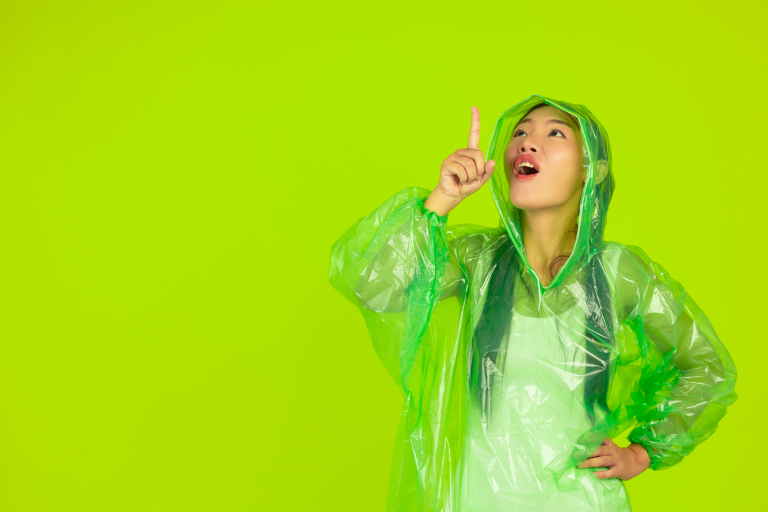Beyond the well-known picture of paradise beaches, contagious music and mojitos, Cuba is also an island that embodies the spirit of sustainability. The lack of resources, on top of 60 years of isolation, have injected a resilient and creative lifestyle in its people. A land where there aren’t many choices but to recycle, transform and innovate.
Cuban people are natural recyclers, capable of turning a plastic cup of ice cream into a pot, a dog’s favorite toy, a water recipient, or an object with endless and unimaginable uses.
There is no surprise that fashion in Cuba also embeds sustainability as a core principle, and not as a trend of the XXI century. Brands like Clandestina, Cuba’s first independent and sustainable fashion brand, have overcome the “water all around” circumstance with passion, determination and a bit of stubbornness. The brand now sells its products not only in Havana, but in NYC at The Canvas, powered by Querencia Studio, and worldwide at clandestina.co.
What’s behind sustainable fashion in Cuba?
Cuba has a unique context in almost every sense of the word. Regarding fashion, it lacks a textile industry, production lines or any proper conditions to grow the sector as in any other country. In the midst of this challenging scenario, Cuban fashion entrepreneurs realized that innovation was the only path left to take. They decided to transform materials, commonly used in people’s daily life, into quality products with an unequivocal designation of origin.
The emerging Cuban independent fashion sector started to pop-up after the re-establishment of relationships between Cuba and the US in 2015, during Obama’s administration. If at first it was focused on satisfying an international demand, during the first avalanches of tourism, it has grown to consolidate a national market through symbols of cultural expressions.
Words like upcycling, recovery of materials, zero waste, have become more present in Cuba’s daily talks within designers and fashion brands. But the truth is that, if they aim to explain what sustainable fashion in Cuba is, they will simply describe their daily journey.
This is what happens when production already reflects interior processes of a nation and, therefore, embraces its people’s identity.
Fashion in Cuba: example of Cuban Sustainable products by Clandestina
Clandestina’s 3XL Big Bag, for example, is made of recycled nylon sacks. Materials found in city local markets that once were used either for carrying coffee, rice, sugar or mail service packages. Sacks are collected and later transformed in the brand’s Havana workshop. The bag is later manufactured by Cuban seamstresses, women who put detail and character in each product they create. The result: a unique piece proudly designed in the heart of the Caribbean Sea.
The Tapatapa Remade Shorts gives clothes a second opportunity to become a responsible fashionable item. Every piece is made of printed fabrics reused from other pieces such as blouses and dresses made of 100% cotton. No waste allowed.
And last, but not least… The Abuela Recycled Tote Bag. A homage to Cuban grandmas, who made the most of every piece of cloth children left behind as they grew and turned it into something useful, such as a tote bag, a cloth or a handkerchief.
How did a Cuban brand land in NYC? – Fashion in Cuba
Cubans are a global community, spread across the world in their quest for family reunification, economic progress or alternative political landscapes. Many families have been kept divided between two shores and decades of political differences.
That’s why the idea of finding Cuban sustainable fashion in Manhattan may strike you… but guess what? The Canvas Bowery has made a spot for it and greets New Yorkers with lots of Caribbean vibes since March 19th, 2020.
Clandestina’s new collection – No Winter Island – arrived at the big apple with a capsule crafted from 100% Recycled Cotton, obtained from the recuperation and transformation of fabric cutting waste into manufactured premium textiles. The Cuban brand joined efforts with Giotex, one of the most important companies in the Americas regarding production of sustainable textiles, who has worked with brands like Patagonia due to its chemical-free and low environmental impact processes.
The alliance between Clandestina and The Canvas has allowed the presence of this Cuban independent fashion brand in the heart of Manhattan for two years in a row. This, indeed, represents an outstanding achievement, especially if you come from an isolated land in the Caribbean Sea or from the Global South region.
Collaboration has proved to be the key to broaden the scope of common efforts. If you are pursuing the dream of becoming part of the sustainable fashion worldwide team, here are some tips:
- Learn to identify partners that pursue shared common sustainable goals
- Create alliances among local partners (everyone has something valuable to offer)
- Share strategies towards building community across social media
- Support and promote local production
- Give back to your community
- The product matters. The message matters the most.
- Be resilient, be stubborn, and be determined.
Global warming: what does it have to do with fashion?
The Caribbean region, tremendously affected by climate change and global warming effects, has encouraged these industry players to work together towards a worldwide ethical fashion model in the midst of the global crisis.
No Winter Island (NOWI) targets the idea of global warming, although it’s also related to the permanent summery Caribbean state without properly naming it. Some of the brand’s bestsellers like “actually, I’m in Havana”, “Drama is over” and “asere ya” are useful expressions to keep in mind if you are already planning your next trip to the Cuban capital.
Once in Havana, when you spot “Clandestina” in a t-shirt or a tote bag, flow with the irrepressible energy of the new Cuba and join the celebration of the best parts of its heritage: humor, grit, and a responsible ‘resolver’ way of living.
Fashion is a storytelling of society. It portrays intimate images and expressions that are later carried out by individuals. Sustainable fashion, instead, is the storytelling we chose to build, to spread, to breathe. But what comes as an election for some, still remains a lifestyle for others.
* By Leysi Rubio






